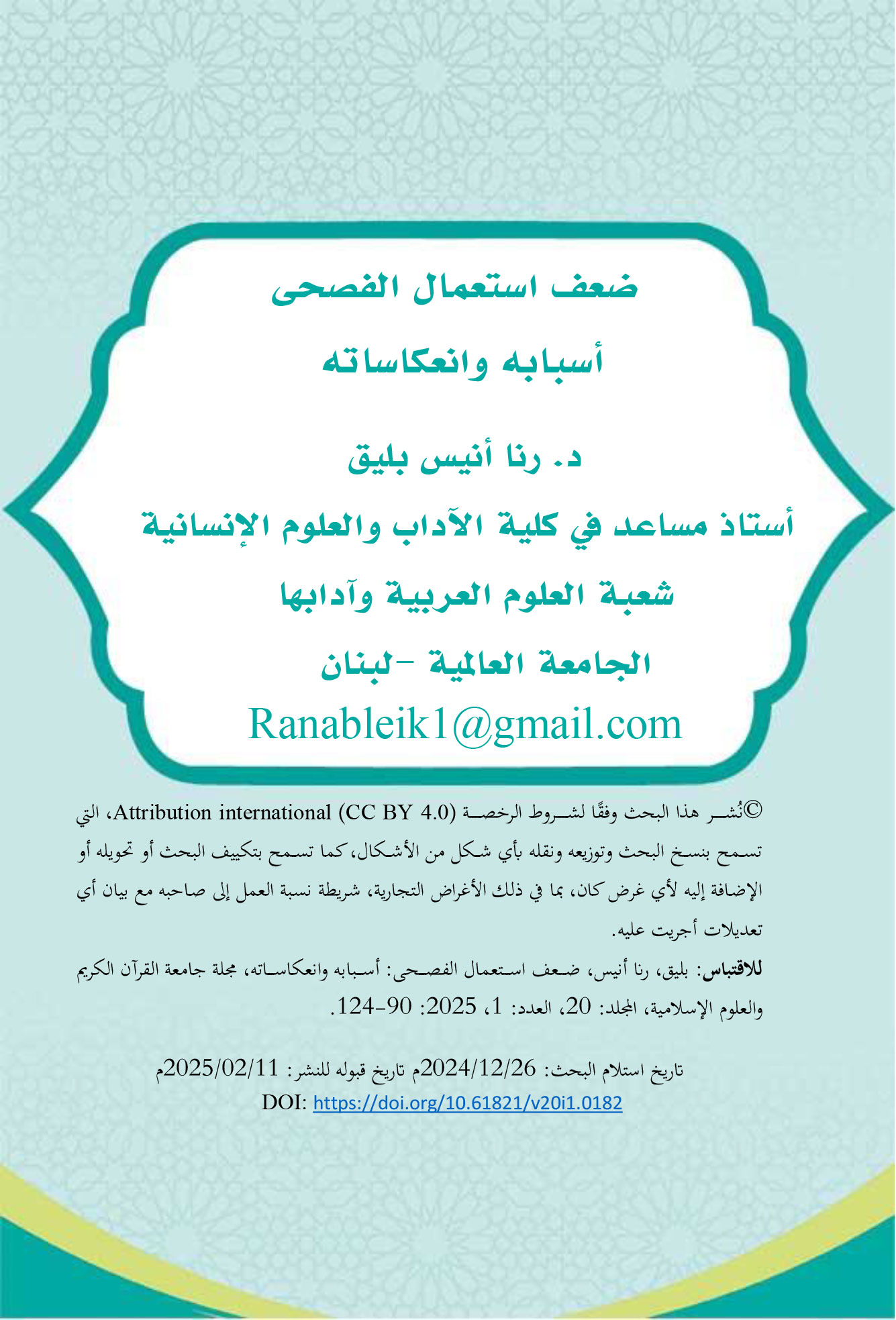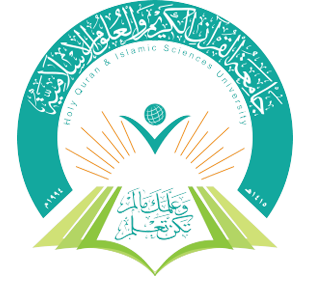The Deterioration of Classical Arabic Usage Causes and Implications
DOI:
https://doi.org/10.61821/v20i1.0182Keywords:
language, decline, Classical Arabic, changes, implicationsAbstract
Classical Arabic, as a cornerstone of Arab cultural identity, encapsulates a rich literary heritage and archives significant historical events. However, over centuries, various factors such as Islamic conquests, technological advancements, and foreign linguistic influences have led to significant transformations in the Arabic language. These factors have contributed to a proliferation of loanwords and neologisms, as well as a widespread use of colloquial dialects, even in educational settings. Consequently, the linguistic gap between Arab speakers and Classical Arabic has widened, resulting in a decline in language proficiency.
This study aims to elucidate the multifaceted and broad consequences of this linguistic erosion. By providing a historical overview of the Arabic language and analyzing the causes and effects of these changes, this research seeks to understand the social, psychological, educational, and economic implications of the decline of Classical Arabic. Employing a descriptive-analytical methodology, this study aims at contributing to revitalizing Classical Arabic and restoring its status as a vehicle for intellectual growth and scientific discourse
Downloads

Downloads
Published
Issue
Section
License
Copyright (c) 2025 Journal of the University of Holy Quran and Islamic Sciences

This work is licensed under a Creative Commons Attribution 4.0 International License.
©This article is an open access article distributed under the terms and conditions of the Creative Commons Attribution (CC BY) license



